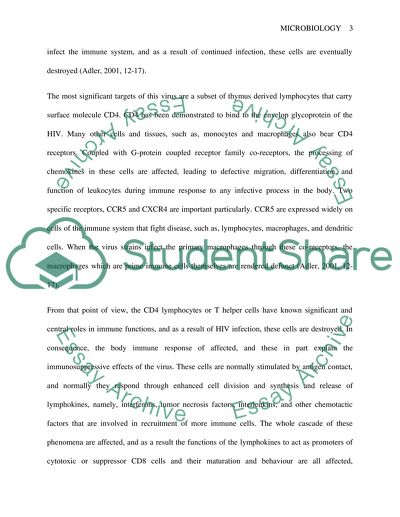Micriobiology Case Study Example | Topics and Well Written Essays - 750 words. Retrieved from https://studentshare.org/miscellaneous/1500370-micriobiology
Micriobiology Case Study Example | Topics and Well Written Essays - 750 Words. https://studentshare.org/miscellaneous/1500370-micriobiology.


